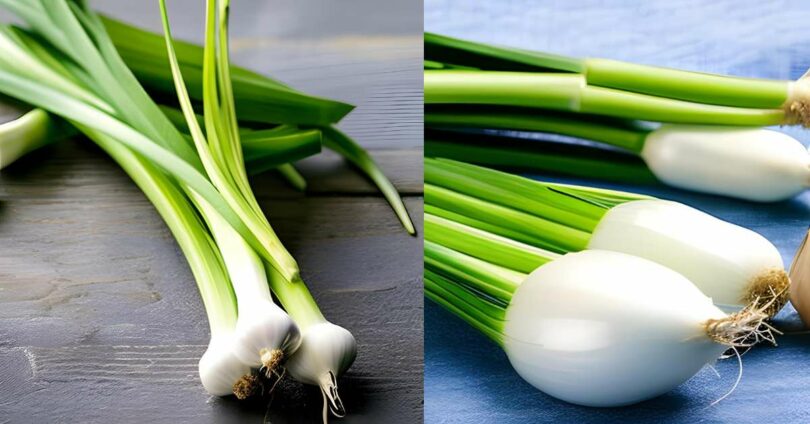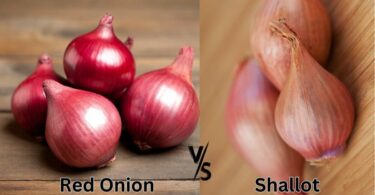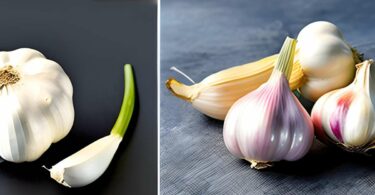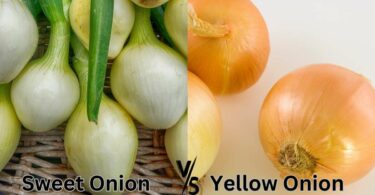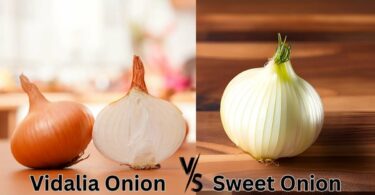A Culinary Conundrum – Scallions and Spring Onions Explained… In the world of culinary arts, knowing your ingredients is key to creating delightful dishes. Among the versatile components often used in various cuisines are scallions and spring onions. While they may appear similar and are sometimes used interchangeably, discerning cooks know that understanding the differences between the two can elevate a dish to a gourmet level.
It’s not just about the ingredients themselves; having the right kitchen tools can make a difference too. If you’re looking to make your culinary journey easier, you may want to explore the Best Dicing Food Processors for Your Kitchen. These gadgets can help you efficiently chop both scallions and spring onions.
And speaking of kitchen tools, a common dilemma faced by many chefs is choosing between different food processors. The Cuisinart Pro Classic vs Elemental comparison is a perfect example of this, helping you make the right decision for your culinary needs.
The Root of the Matter: What are Scallions?
Scallions, also known as green onions or bunching onions, are part of the Allium family, closely related to garlic, shallots, and leeks. They have a milder taste compared to regular onions and are often used fresh in salads, sandwiches, or as a garnish.
Scallion’s Appearance
Scallions have long, slender green leaves that transition into a white bulb. Unlike other onions, the white bulb of a scallion is not fully developed and remains tender. This entire part of the plant is edible, providing a subtle, crisp flavor.
Culinary Uses and Flavor Profile
Scallions are often used as a milder alternative to regular onions. They can be found in various dishes, including soups, stir-fries, and garnishes. The green parts are typically used for their fresh and mild taste, while the white parts offer a more intense onion flavor.
In the next section, we’ll dive into the world of spring onions and how they differ from scallions. From appearance to taste, these two members of the Allium family offer unique attributes that chefs and food enthusiasts should be aware of.
Springing Forward: A Closer Look at Spring Onions
Spring Onion’s Appearance
Spring onions are often mistaken for scallions, but there are key differences. Unlike scallions, spring onions have a more pronounced and round bulb at the base. The leaves are thicker and may have a bluish-green hue. The bulb has a stronger, more intense flavor compared to scallions, while the greens are milder.
Cooking with Spring Onions
Spring onions can be utilized in various ways in cooking. They can be sautéed, grilled, or used raw in salads. The bulbs provide a robust flavor that can add depth to dishes like soups and stews, while the greens are often used as garnishes.
Comparison Time: Scallions vs Spring Onions
Aesthetic Differences
While both belong to the Allium family, the differences between scallions and spring onions lie in their appearance. Scallions have a slender white base, while spring onions have a rounder, more defined bulb. This difference is a quick visual clue to distinguish between the two.
Taste and Texture Comparison
The taste differences are equally pronounced. Scallions offer a milder flavor, suitable for adding a delicate touch to dishes, while spring onions provide a more pungent and earthy taste. The texture of spring onions is also crunchier, providing a different mouthfeel.
Gardening Insights: Growing Scallions and Spring Onions at Home
For garden enthusiasts, growing scallions and spring onions at home is an enjoyable endeavor. Here’s a detailed guide:
Growing Scallions
Scallions can be grown both indoors and outdoors, and they thrive in well-drained soil with good sunlight. Planting scallions is relatively simple; you can even regrow them from the white roots.
Growing Spring Onions
Spring onions require similar care but might need a little more space to develop the larger bulbs. They prefer full sun and fertile, well-drained soil.
Whether you’re a home cook or a professional chef, understanding the differences and applications of scallions and spring onions is essential for culinary creativity. These versatile ingredients have unique characteristics that can enhance a wide array of dishes.
The Chef’s Perspective: Interviews with Professionals
Exploring the insights of professional chefs can illuminate the subtle nuances of using scallions and spring onions in the kitchen. Here’s what some renowned chefs have to say:
Chef A on Scallions
“I love using scallions for their delicate flavor. They add a fresh touch to salads and make a beautiful garnish for Asian dishes.”
Chef B on Spring Onions
“Spring onions are my go-to for grilling. Their robust flavor stands up to the heat, and they caramelize beautifully.”
These insights reveal the myriad of ways in which scallions and spring onions can be utilized in the culinary world. Whether you’re a novice home cook or an experienced chef, understanding these differences can be the key to creating more nuanced and flavorful dishes.
Conclusion: Wrapping Up the Scallion and Spring Onion Debate
The world of scallions and spring onions is as diverse as it is delicious. Though they may seem interchangeable, the distinctions in appearance, taste, and culinary applications set them apart.
- Scallions: Delicate in flavor, versatile in use, and perfect for those who prefer a milder onion flavor.
- Spring Onions: Robust and earthy, offering a more pronounced onion taste and excellent for grilling or adding depth to dishes.
Understanding these differences not only enhances your culinary repertoire but also enriches your appreciation for the subtle intricacies of cooking.
FAQs: Common Questions About Scallions and Spring Onions Answered
Are Scallions and Spring Onions the Same? No, they differ in appearance, flavor, and culinary uses.
Can I Substitute One for the Other? While they can be substituted, be mindful of the taste differences.
How Do I Store Them? Both can be stored in the refrigerator, but spring onions may last longer due to their firmer bulbs.
What Dishes Are Best for Each? Scallions are ideal for salads, garnishes, and mild dishes. Spring onions are great for grilling and adding depth to more robust meals.
We’ve now explored the wonderful world of scallions and spring onions from various angles. From their appearance and taste to their applications in cooking and gardening, these two members of the Allium family play unique roles in our culinary adventures.
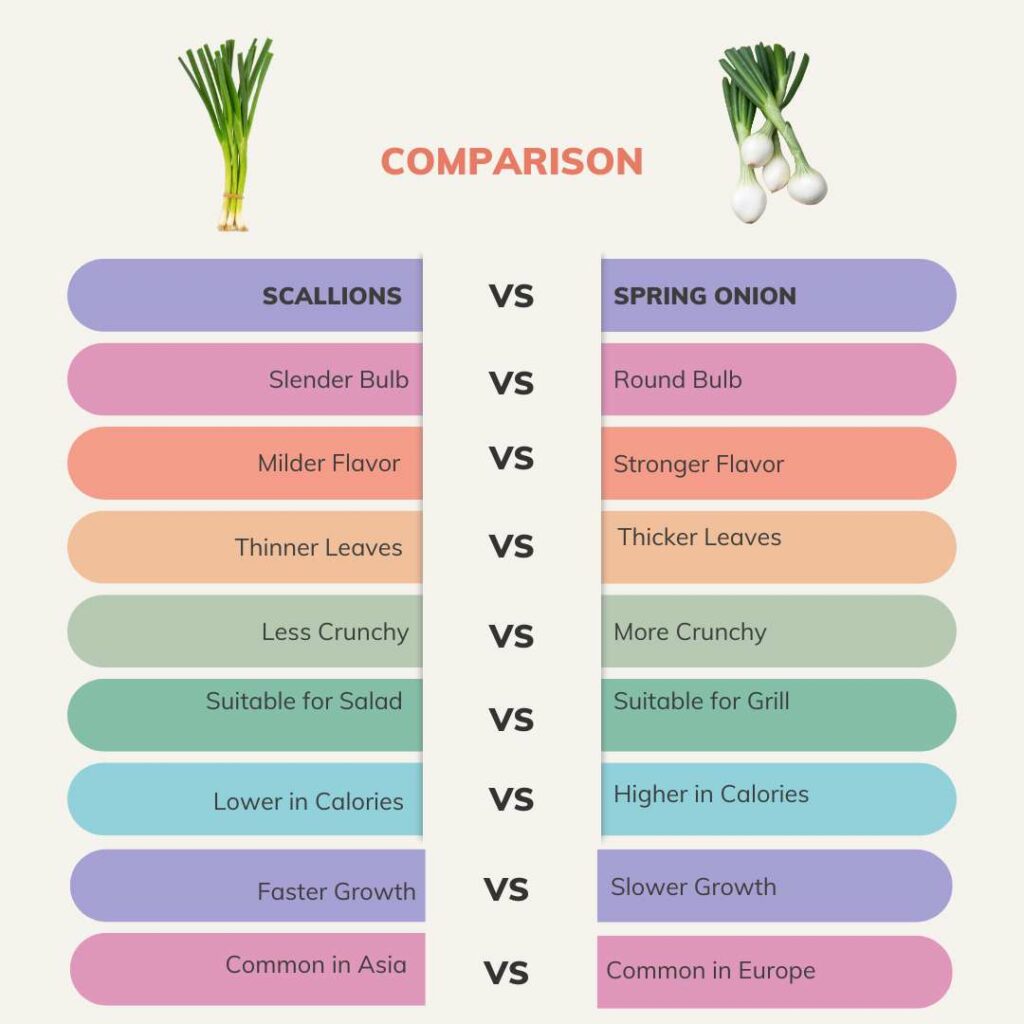
Additional Culinary Techniques and Tips
Let’s dive deeper into the world of culinary techniques and creative tips when using scallions and spring onions.
How to Choose the Best Scallions and Spring Onions
Selecting fresh and high-quality scallions and spring onions can significantly enhance your dishes. Look for bright green leaves, firm bulbs, and avoid any signs of wilting or discoloration.
Cutting Techniques
Cutting scallions and spring onions properly can influence their taste and texture in a dish. For scallions, thin slices are perfect for garnishing, while larger cuts may be used in stir-fries. Spring onions can be halved and grilled or chopped for roasting.
Nutritional Insights
Understanding the nutritional content of these ingredients adds another layer of appreciation.
Scallions
- Vitamins: Rich in Vitamin A, Vitamin C, and some B vitamins.
- Minerals: Contain Iron, Magnesium, and Calcium.
- Calories: Low in calories and suitable for weight-conscious diets.
Spring Onions
- Vitamins: Good source of Vitamin K and Vitamin C.
- Minerals: Provide Potassium, Folate, and Manganese.
- Calories: Slightly higher in calories than scallions but still a healthy option.
Regional Uses and Traditions
Different cultures have unique ways of utilizing scallions and spring onions.
In Asian Cuisine
Scallions are prominent in Chinese, Japanese, and Korean dishes, used in everything from dumplings to soups.
In European Cuisine
Spring onions are often seen in Mediterranean dishes, adding robust flavor to roasts and salads.
Environmental Considerations
Both scallions and spring onions can be grown sustainably at home or found in organic forms. Supporting local farmers and being mindful of seasonal availability can contribute to more responsible consumption.
Final Thoughts
The exploration of scallions and spring onions is not just about recognizing their physical differences; it’s about understanding their unique roles in culinary traditions, nutritional values, gardening practices, and more.
These alliums offer more than just flavor; they connect us to different cultures, enhance our cooking techniques, and encourage mindful eating and growing practices.
By delving into these aspects, we’ve unraveled the complex and fascinating world of two seemingly simple ingredients, providing chefs, home cooks, and food enthusiasts with comprehensive insights and inspiration.
Whether it’s a simple garnish or a key ingredient in a gourmet meal, the humble scallions and spring onions continue to play a vital role in our culinary landscape, offering endless possibilities for creativity and flavor exploration.

